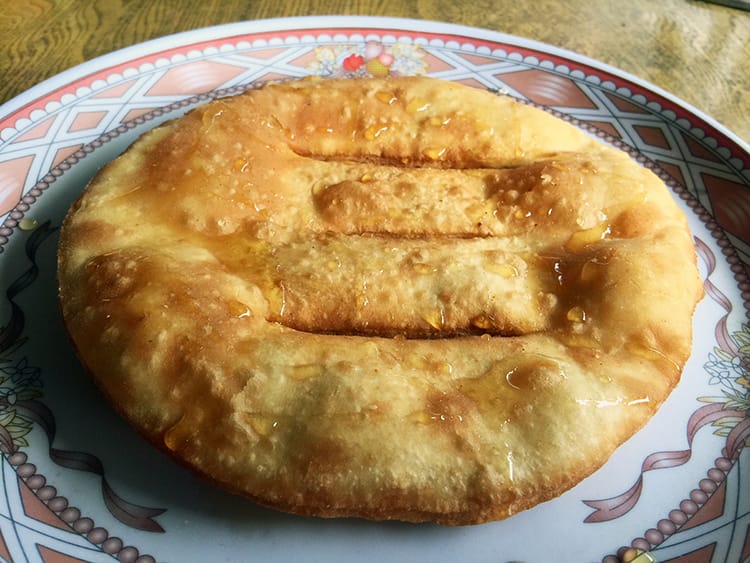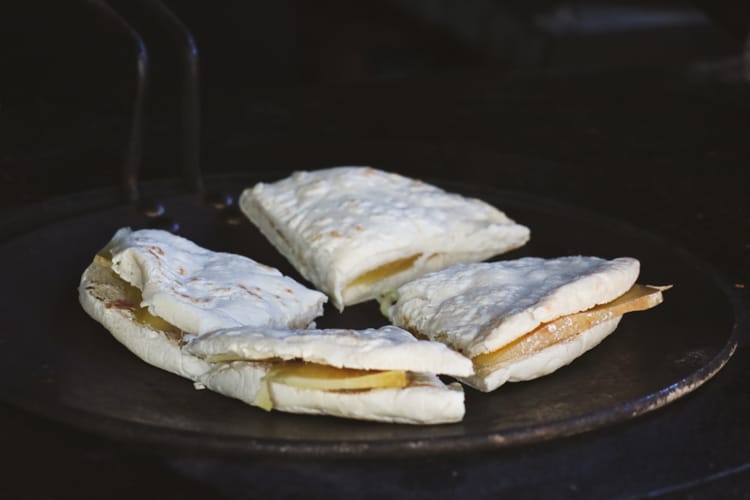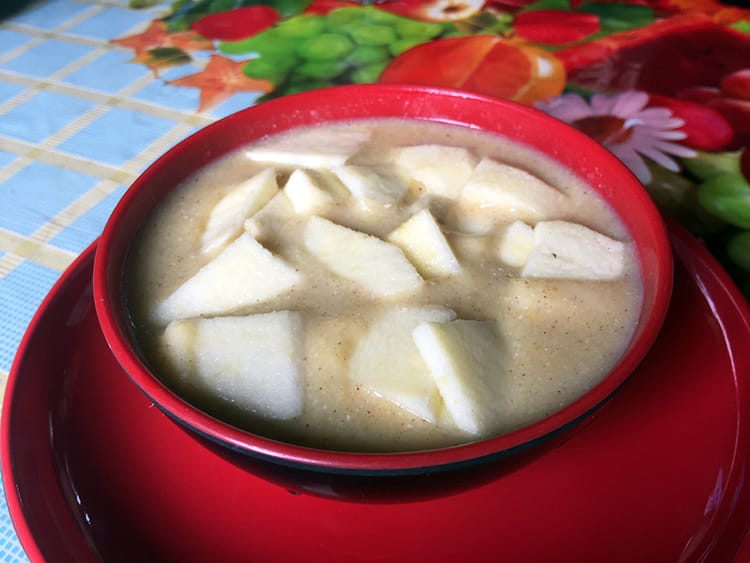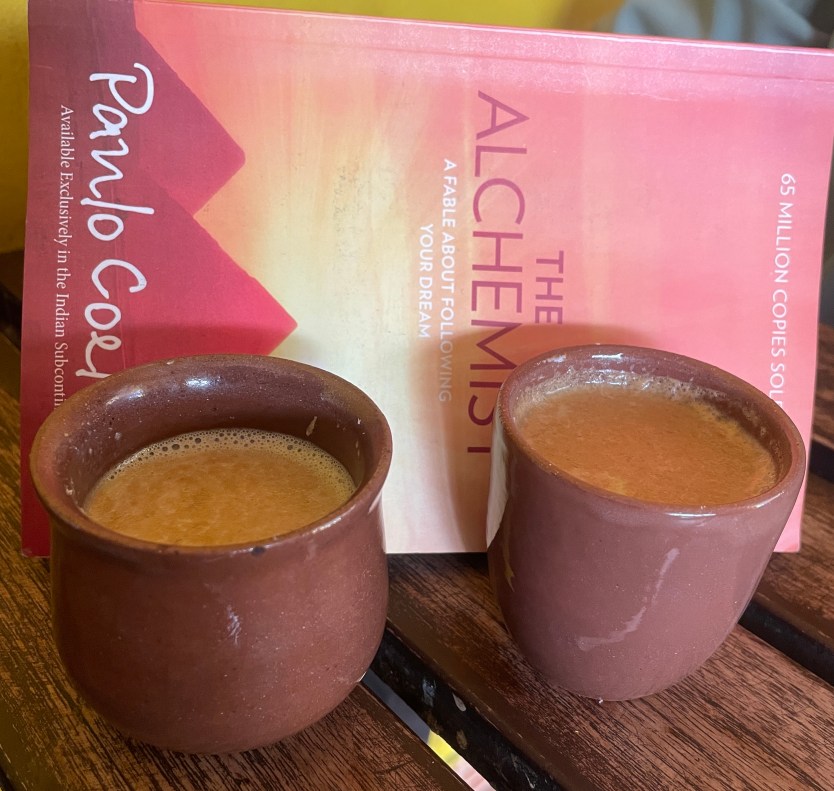Embark on a culinary adventure through Nepal! From the majestic peaks of the Himalayas to the bustling cities below, Nepal offers a diverse and delicious food scene. Get ready to tantalize your taste buds with nutritious and flavorful dishes, many unique to the Himalayan regions. We’ll delve into nine must-try Nepalese dishes, and explore why vegetarian options reign supreme while trekking in Nepal.
While Western options are available, you really shouldn’t miss Nepali cuisine. It can be just as delicious, if not more so, than what you’re used to at home.
Dal Bhat, the national dish

Dal Bhat (or daal bhat), a cornerstone of Nepali food, holds a special place in their hearts. There’s even a saying in Nepal: “Dal bhat power, 24 hour!” This highlights its importance. Nepali people typically eat dal bhat for both lunch and dinner every day. It might seem strange at first, but trust me, the flavors change depending on who’s cooking it.
“Dal” refers to a hearty lentil soup, and “bhat” means rice. Most dal bhat meals also come with a vegetable curry, featuring seasonal produce like potatoes, cauliflower, squash, or pumpkin.
You might even find chicken, yak (similar to beef), or buffalo (a chewier beef option) included. My tip? Only order meat if it’s raised nearby. If you see chickens strutting around, go for it! Otherwise, stick to the vegetarian options. This ensures the meat is fresh.
At lower altitudes, you might get a side of greens like spinach or kale. And the best part? You can always ask for more rice or lentils if you’re feeling extra hungry!
Sherpa Stew (Thukpa or Thenthuk)
A staple food in the Solukhumbu region, home to Everest Base Camp, is Sherpa stew. This clear soup is packed with vegetables and features delicious noodles or rice. Some lodges serve Sherpa stew with thick, homemade dumplings, which are my favorite. Be warned, it can be quite spicy. Ask for “no chili” if you prefer a milder version.
Fried Tibetan Bread

Tibetan bread is a breakfast staple, often sharing the menu with familiar options like chapati. Imagine a delightful mix between a pancake and a funnel cake. This deep-fried bread is like a large, flat doughnut with a hint of sweetness. It is perfect for those who crave something different from toast. It pairs wonderfully with honey or jam for a touch of indulgence.
But Tibetan bread is versatile! For a savory twist, try dipping it into a flavorful curry.
Authentic Tibetan Bread

Tibetan bread comes in two delicious forms. The most common version you’ll find on treks is the one you described earlier. It is a deep-fried delight like a giant, sweet doughnut. But in the Langtang Region, home to a large Tibetan population, I discovered a fascinating twist!
Here, they serve what they consider the authentic version of Tibetan bread. It’s basically a very thick chapati, but instead of frying it, they grill it on a flat pan. It was a bit thicker than I prefer. We found a delightful solution. We cut it in half and filled it with yak cheese to create a unique Nepali-style grilled cheese!
Thongba

Traditionally a Tibetan drink, Thongba is now a delightful beverage enjoyed throughout Nepal. Served in a unique bucket or metal container, it’s made by pouring hot water over fermented millet grains. I found the taste to be surprisingly delicious – slightly alcoholic and smooth, with a hint of earthiness.
Here’s the best part: unlike some stronger spirits, Thongba is known for its gentle buzz without the dreaded hangover! Plus, the way you drink it adds to the fun. Slurping it through a straw from a communal bucket brings back memories of college camaraderie.
Thongba is a perfect celebratory drink for after your trek, especially since consuming alcohol at high altitudes is not recommended. Save this unique experience for when you reach the lower ground and enjoy the taste of adventure!
Rice Pudding
A versatile treat, rice pudding can be enjoyed on the Annapurna Circuit as both a hearty breakfast. It is also a sweet ending to a delicious meal. Made fresh daily in tea houses, it boasts the fragrant aroma of cinnamon and the delightful inclusion of fresh coconut. This isn’t your average rice pudding – it’s simply one of the best I’ve ever tasted!
Tingmo

Hailing from the Langtang region, Tingmo is a fluffy steamed bread, shaped like a twisted knot. This delightful side dish offers a unique textural contrast to curries. The bread itself is mildly flavored. It acts as a blank canvas, absorbing the delicious flavors and spices of whatever you dip it in.
Champa (Tsampa) Porridge

A staple breakfast option on many menus, Champa porridge is a popular choice among locals. Made from hearty flour (often barley, millet, or buckwheat), it has a texture similar to cornmeal. While it might not be the most glamorous dish, it’s known for being incredibly filling. It’s also a budget-friendly way to start your day. Consider trying it for a taste of authentic Nepali cuisine!
Sea Buckthorn Juice
Trekking in the Everest Region? Keep an eye out for sea buckthorn, a vibrant orange berry packed with a surprising punch! This little wonder boasts 15 times the vitamin C of an orange, making it a fantastic health booster for trekkers. The juice itself is a conversation starter – its neon color is unlike anything you’ve seen before. The taste is subjective – some trekkers compare it to orange or mango, while others find hints of tomato.
For me, it resembled a savory V8 juice. Love it or hate it, a hot cup of sea buckthorn juice is excellent. It is a great way to combat vitamin deficiencies on the trail. Additionally, the berries are said to have medicinal properties, rumored to help with traveler’s diarrhea.pen_spark
Masala Tea

No matter where you wander in Nepal, a comforting cup of masala tea is likely waiting for you. This spiced milk tea is a true national beverage, but its variations can reveal the unique character of each region. In the Everest region, expect a subtler touch with hints of cinnamon. As you journey towards Annapurna, the masala might pack a spicier punch, often incorporating black pepper. In bustling cities, you’ll likely find a simpler version closer to a classic milk tea.
Momo, Nepal’s best-loved street food

Momo, the ubiquitous Nepali dumpling, is a must-try for any visitor. Steamed to perfection, these delightful parcels come in a variety of delicious fillings. In bustling cities, you’ll find a wider selection, and meat momos are a fantastic choice. However, on the trekking trails, vegetable and cheese momos or potato and cheese momos often steal the show. These vegetarian options are consistently delicious and fuel your adventures perfectly. A word to the wise: chicken momo can be a bit of a gamble. Sometimes, tiny bones can be present. Sticking to the vegetarian options might provide a smoother dining experience.
Pakoda
Pakoda is a beloved Nepali street food that’s perfect for sharing. Imagine bite-sized fritters. They are crispy on the outside. Inside, you’ll find tender vegetables or a delightful ooze of cheese or egg. While the variety of fillings is tempting, be mindful that pakoda’s deep-fried nature makes it a richer treat. It’s best enjoyed as a snack or appetizer, allowing you to savor the flavors without feeling greasy.pen_spark
Yak Cheese
Calling all cheese lovers! Yak cheese is an absolute revelation. This unique Nepali treat is available in hefty chunks. It is perfect for storing in a zip-lock bag and enjoying on your trek. Imagine a milder cheese, similar to a soft parmesan, but with a distinct character all its own. Craving a savory adventure? Look no further! Some restaurants offer yak cheese as an irresistible add-on. It transforms dishes like chow mein or dal bhat into something truly special.
The photo below captures the famous Kyangin Yak Cheese factory in Langtang. It is a must-visit for any cheese enthusiast venturing into the region.
Himalayan Flower Tea
While not a ubiquitous offering, I stumbled upon a delightful surprise in the Langtang region – Himalayan flower tea! This light and floral beverage is a fragrant change from the usual tea options. Often served with a touch of honey, its delicate taste evokes chamomile. If you see it on a menu, consider giving it a whirl! It adds a refreshing variety to your drink choices and is rumored to boast some health benefits as well. Unfortunately, the name on the menu was in Nepali, so the specific flower remains a mystery.
Mars or Snickers Rolls
Craving a taste of home with a twist? Look no further than the ubiquitous “Mars/Snickers Rolls” on Nepali teahouse menus. Despite the American-sounding name, this decadent treat is a unique invention you won’t find back home. Imagine your favorite candy bar – Mars, Snickers, or something similar – cozily nestled within a golden-fried dough. It is reminiscent of an apple strudel. The result? A warm, gooey, and deeply satisfying dessert, perfect for rewarding yourself after a long day on the trail!
Rhildu
Venture into Nepal’s Langtang Valley, and you might discover a culinary gem called Rhildu. This hearty soup, popular among Tibetans, is a delightful experience for anyone seeking something new. Imagine thick potato dumplings bobbing in a creamy garlic broth, with a touch of spice for an exciting kick. The tingling sensation might come from Sichuan peppercorns, adding a unique layer of flavor without overpowering your taste buds.
Garlic Soup
Calling all garlic enthusiasts! Trekkers in Nepal often turn to a steaming bowl of garlic soup, a broth bursting with garlicky goodness. This simple dish is a favorite among those conquering Himalayan heights, and for good reason! Locals believe it helps ward off altitude sickness, though the science may be debatable. Regardless, a steaming mug of garlic soup is a soul-warming way to embrace the local wisdom. It is also a delicious way to indulge in your love for garlic!
Khoo
Adventuring in the Manang region of the Annapurna Circuit? Don’t miss a chance to try Khoo, a local specialty that will warm your soul. This unique dish is a delightful marriage of textures and tastes. Imagine a creamy and chunky soup, where fluffy rice mingles with tender potatoes. The comforting flavor evokes mashed potatoes, subtly enhanced by the presence of fragrant garlic. It’s a hearty and satisfying experience that’s perfect for chilly evenings in the mountains.pen_spark
Apples & Apples
Venture into Mustang, a haven nestled within the Annapurna region, and prepare to be enveloped in all things apple! This region is famous for its apple orchards. These orchards are bursting with fruit so crisp and flavorful. They’ll be unlike any you’ve ever tasted. (Especially if you visit during peak season). Get ready to indulge in a delightful apple extravaganza. The culinary scene offers a celebration of the humble apple. You can enjoy warming apple pies and crumbles. There are also refreshing apple ciders and fritters. You might even find slivers of apple adding a touch of sweetness to your savory dishes!
Dhindo

Dhindo, a traditional Nepali dish you’ll likely encounter in Mustang, offers a unique textural experience. Imagine a hearty mix of flour and water, cooked until it forms a soft dough with a delightful chew – somewhere between mashed potatoes and bubble gum (though thankfully without the gumminess!). Dhindo might seem unusual at first. It makes a fantastic substitute for rice in a classic dal bhat meal. Don’t be afraid to give it a try – it’s a delicious way to delve into Nepali cuisine!
Thakali Khana Set
For a taste of Nepali culinary refinement, look no further than the Thakali set. This regional specialty might appear similar to a classic dal bhat at first glance. However, a closer look reveals a delightful difference. Traditionally prepared by Thakali people, the Thakali set elevates the humble dal bhat experience. Imagine fluffy rice infused with the richness of ghee, alongside flavorful lentil soup and an array of accompaniments. Compared to a teahouse dal bhat, the Thakali set boasts a richer, spicier flavor profile. It offers a more luxurious dining experience.
Now that you’ve explored a variety of Nepali dishes, which one are you most excited to try?
Discover more from Nepal Travel Vibes
Subscribe to get the latest posts sent to your email.



